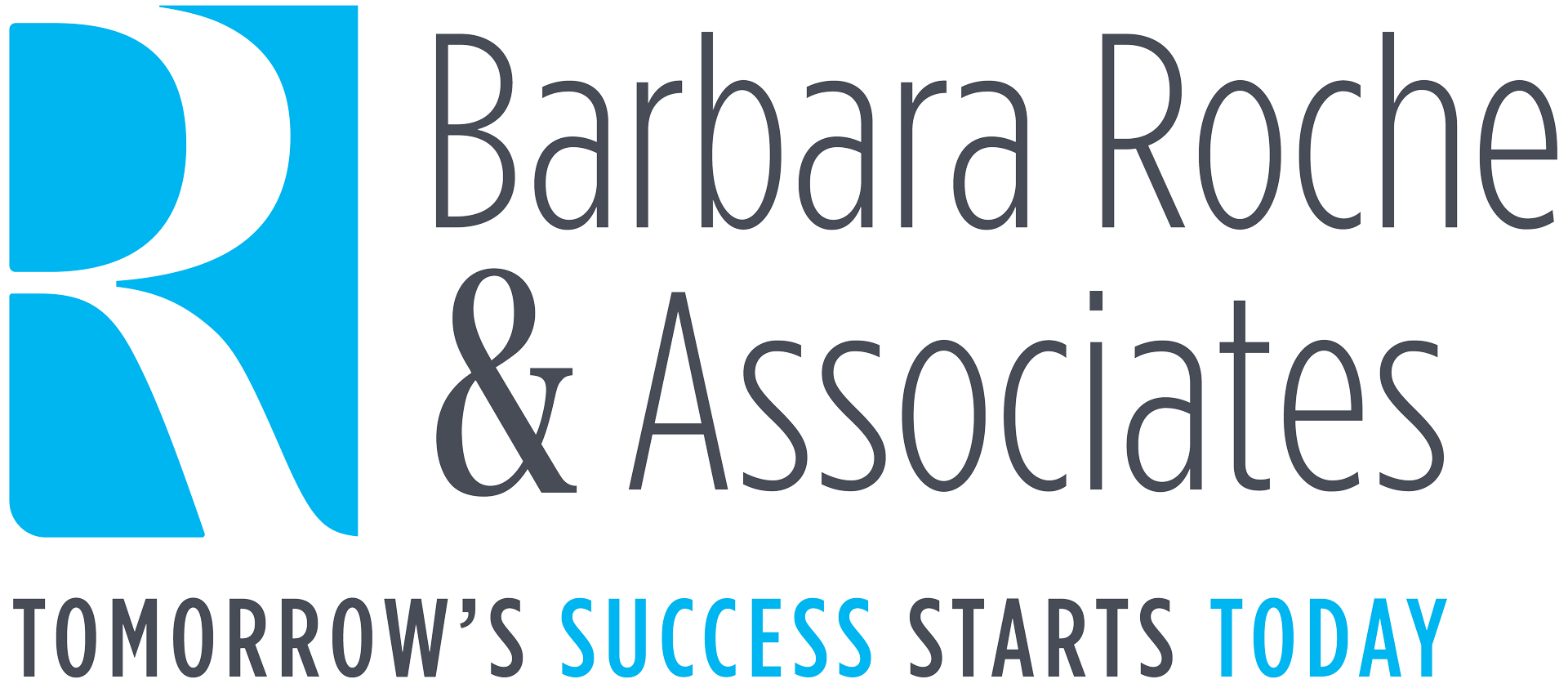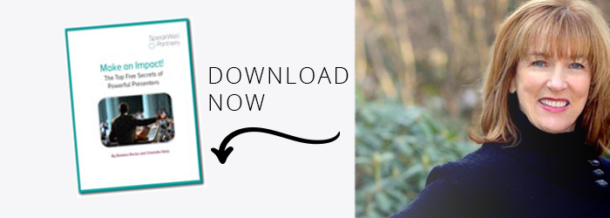 Seth was scheduled to speak on the final day of a three-day conference. Day One was unremarkable, but Day Two was contentious. Lots of heated debates that morphed into name-calling. Now, on the morning of Day Three, everyone was tense and edgy. Seth walks to the front of the room to begin his presentation. Everyone is expecting him to either take a side, or just plow on as if nothing happened. Instead, he said, “I know things got a little heated yesterday. And I know it’s because we all care so much. I also know that many issues were left unresolved. I can’t make them go away. But, what I can do is highlight our common ground. For example, not more than two hours ago, we were all experiencing the same problem…”
Seth was scheduled to speak on the final day of a three-day conference. Day One was unremarkable, but Day Two was contentious. Lots of heated debates that morphed into name-calling. Now, on the morning of Day Three, everyone was tense and edgy. Seth walks to the front of the room to begin his presentation. Everyone is expecting him to either take a side, or just plow on as if nothing happened. Instead, he said, “I know things got a little heated yesterday. And I know it’s because we all care so much. I also know that many issues were left unresolved. I can’t make them go away. But, what I can do is highlight our common ground. For example, not more than two hours ago, we were all experiencing the same problem…”
At that moment, he reaches into his pants pocket and pulls out a mini shampoo bottle from his hotel room. He continues, “…We were all trying to wash our hair with this colored water.” First, there was stunned silence. No one could adjust to the hairpin turn. But then, people started chuckling, which turned into smiling, which led to eye contact, and before anyone knew it, the air had started to clear.
I myself could not pull that off. It’s not me. It may not be you, either. But it was true to Seth. Authentic and real. One of the reasons he could manage doing a bit like that is because he had long ago conquered his fear of full expression. I don’t mean that he stopped caring about making a fool of himself. Rather, he was not hindered by the analytical/logical style of presenting that so many of us are forced to use in the workplace.
I thought of this story after one of my students came up to me after class and asked if his speaking style was too restrained. He had just watched himself on video playback and noticed his muted performance. I was thrilled, of course. Presentation coaches live for these moments. I told him I agreed with his assessment. I suggested that his undemonstrative style was holding him back from fully connecting with his audience. We both agreed he would work on expanding his delivery style to be more dynamic.
On his way out of the classroom, he said, “It’s like my friend said to me the other day, ‘just be the you-iest you’.” I laughed out loud. It’s perfect.
Do you know what the “you-iest you” even looks like? What it sounds like? It’s that time of year again – spring in the air – to edge out of our comfort zones. So, what can you do to find the enhanced version of your authentic self? Here are four suggestions:
1. Word choice: Put a little hot sauce on your verbal delivery with enhanced word choices. It doesn’t have to rise to the level of Shakespeare. Just different from your everyday style. It just has to perk up the attention of your listeners. Perhaps you can dump the jargon. Or try using a metaphor instead of a drawn-out explanation.
2. Vocal variety: If you speak loudly, try a softer tone. If you speak softly, add some volume. Even small changes can enhance your goal of full expression. If you tend to speak in a monotone, add variety. Still not sure? Then try this: add warmth to your tone of voice. People like to listen to someone who is genuinely happy to be there.
3. Use the space: If you tend to speak from behind a podium, or even behind note cards, come out into the “magic circle.” If you speak hands-free and in the open, then consider moving closer to your audience. Most speakers tend to step back, not forward. And many never move toward the sides of the room.
4. [The favorite] Tell a story: Guaranteed you will be more dynamic when you tell a story. One reason this works so well is that it gives even the most buttoned-up CFO-type of speaker an invitation to ham it up. You can “act out” the characters in the story – their voice, mannerisms, etc. And, you will engage your audience more fully than if you just shared facts, directions, outputs, CAGR, EBITDA, Year-over-Year…OK, I’ll stop.
If you would like more inspiration on how to be the You-iest You, and get that inspiration in your PJs at 2:0 am, hop on over to our Dynamic Speaker System. It’s all there.

